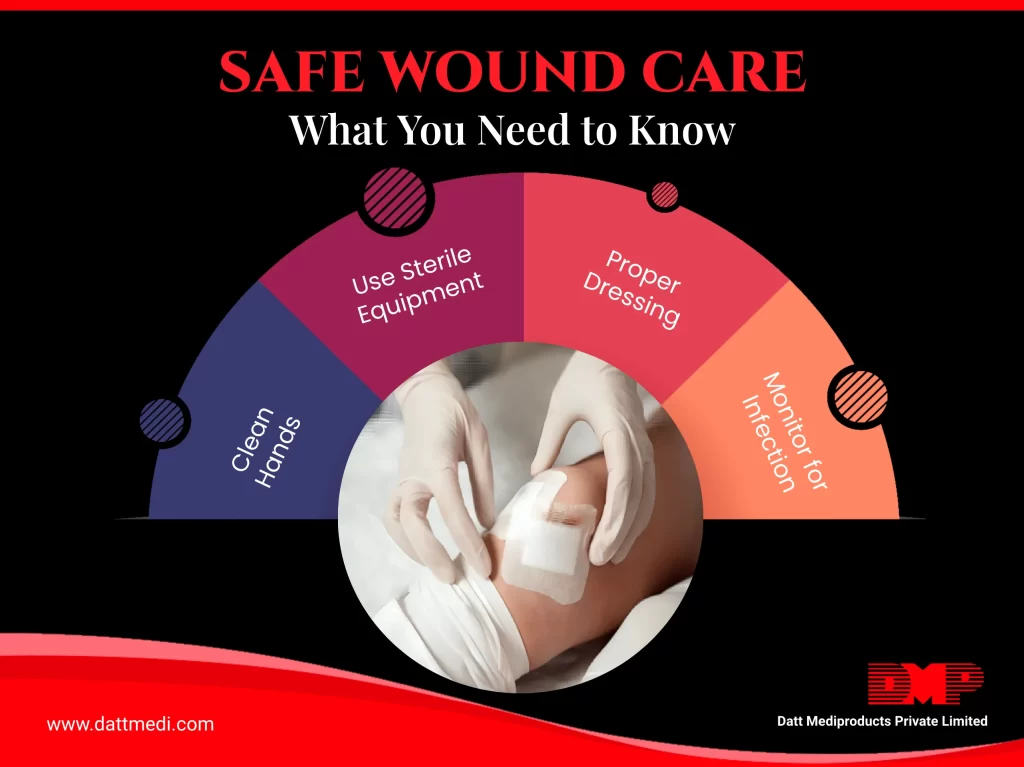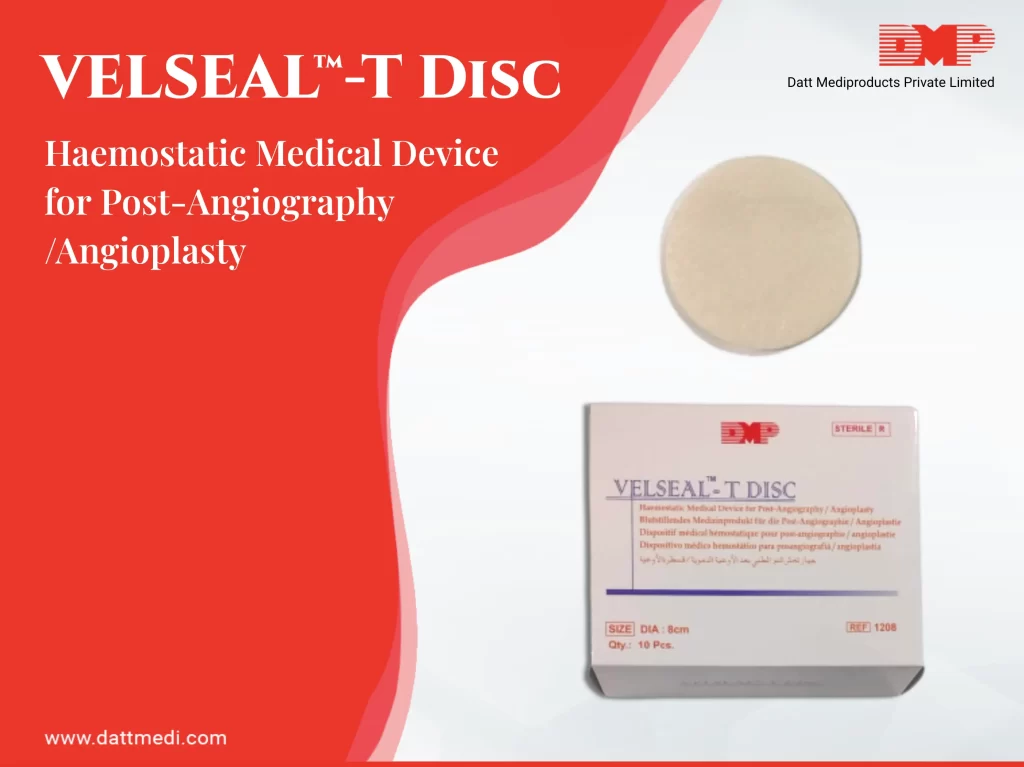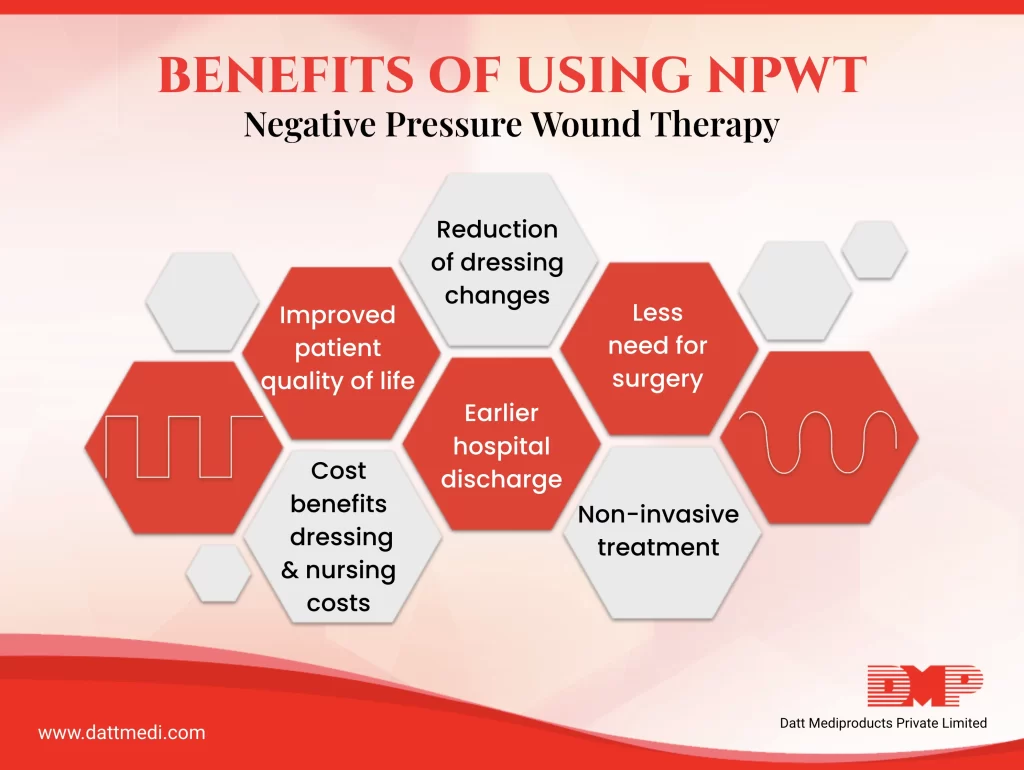
It is a moment of pride and achievement for Datt Mediproducts to participate in EWMA Conference 2018 held in Krakow, Poland. The conference is all about gathering expert minds working on their innovation in the medical sector. Ruchita Datt Director, Datt Mediproducts and Sanjay Arora Executive Director, Datt Mediproducts will be attending the conference to share research and existing products on an international platform.
The attendees of EWMA Conference 2018 are those who hold specialty in wound care as well as health practitioners willing to explore innovative industrial products to help their patient heal the wounds with utmost care.
EWMA Conference 2018 is valuable because it offers an advanced level of scientific presentations, it’s a platform to share and exchange knowledge with the key industry players. It’s also beneficial for startup companies that want to learn from the experiences shared by established corporations serving the industry for more than a decade. EWMA is a platform to build strong business networks with a future possibility to open up new business avenues.
The objective of Datt Mediproducts to be a part of this conference is to showcase it’s latest Wound Care Products and spread the word across the globe. The company specializes in the commercial production of a wide range of textile-based medical disposables. All the products are manufactured keeping in mind quality standards put forth by medical and nursing personal for advanced wound management.
With consistent efforts and state of the art research and development unit, Datt Mediproducts has successfully brought together a number of products in the market. All the products are manufactured taking into consideration the ever-changing needs of customers across the globe by making efforts to enhance product quality.
Are you interested to meet our representatives at EWMA Conference 2018? Email at ruchita.datt@dattmedi.com or sanjay.arora@dattmedi.com. Also, visit www.dattmedi.com for more information.



